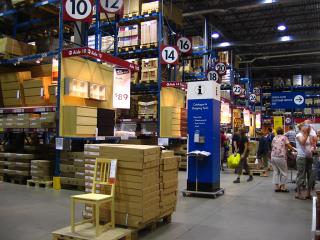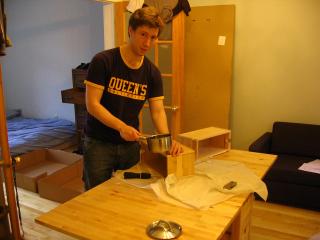
Unfortunately, I am still sans internet. It seems the only way to get DSL is to pledge an entire working day, then wait to discover what time the installation team cares to show up. They don’t do evenings or weekends, naturally, and they certainly cannot commit to a time more specific than ‘probably am’ or ‘probably pm.’
To anyone who has sent messages to my personal email accounts, I apologize. I simply cannot check them until I get access at home or lug my laptop to a coffee shop downtown. The latter, I may undertake tonight.
[Update: 31 July 12:05pm] At least my July 21st issue of The Economist has finally managed to wander to the right place. I am not entirely isolated from the goings on in the world outside the TLC complex.
[Update: 1 August 2007] By midnight on August 3rd, I will have a DSL connection through TekSavvy – one of the local ISPs that seems to be well liked by people on web forums. Thankfully, someone who lived in my flat previously had DSL set up; as such, I don’t need to spend an entire day waiting for Bell to show up and make hardware adjustments.







